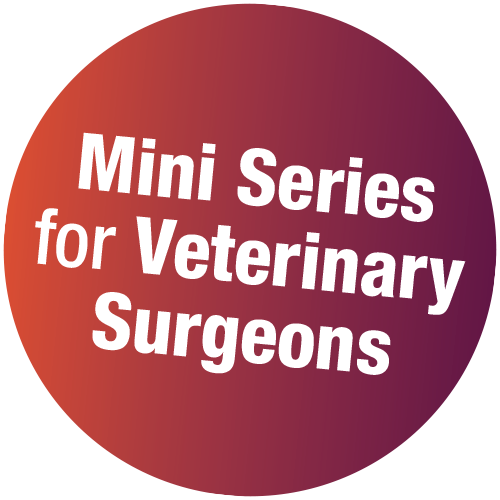MS107 – How to Survive OOH! Mini Series
£447.00 (+VAT)
12 months access to recordings and course materials is included. Please note that these are webinar recordings and not live events. Full details on how to access the Mini Series will be emailed to you.
- Join Shailen Jasani MA VetMB MRCVS DipACVECC for three 2-hour online sessions and get practical help surviving those out of hours calls!
- Packed with strategic tips and expert advice
- Comprehensive notes to downloaded
- Self-assessment quizzes to ‘release’ your 8 hours CPD certification (don’t worry, you can take them more than once if you don’t quite hit the mark first time)
- A whole year’s access to recorded sessions for reviewing key points!
- Superb value for money – learn without travelling
- Watch the recordings on your iPad!
Programme
General Approach to the Emergency Patient and Practical OOH Survival Tips
Emergency medicine is built on a foundation of core principles and requires a different philosophy and approach to elective practice. The first session in this Mini Series will begin with an overview of the general approach to the emergency patient. But wait…surviving Out-of-Hours (OOH) is not just about the medical and surgical challenges! There are a host of practical things to consider as well and we will look at some of these in the second half of this session.
What you’ll learn:
- General approach to the emergency patient
- Triage, major body systems (primary survey), analgesia, secondary survey, POCUS
- Strategic tips and practical considerations about things such as sleep, diet and delegation all provided by your peers!
Top Priorities in All Emergency Patients: Shock, Fluid Therapy and Analgesia
Many patients that present as OOH emergencies have perfusion deficits and may be in shock. Hypovolaemia is the most common cause of shock in dogs and cats and can be rapidly fatal if left untreated. Dehydration is also common in veterinary patients but is less urgent and assessed and treated differently. This session will explain the differences between hypovolaemia and dehydration before going on to look at how both problems are treated with fluid therapy using a different protocol and approach. Many OOH patients present in pain and a significant number then go on to undergo painful procedures. The session will end with a summary of analgesia in the emergency patient.
What you’ll learn:
- Clinical differences between shock and hypovolaemia versus dehydration
- The fluid plan: which fluid(s) and how to use them for reperfusion versus rehydration
- Key considerations for rational analgesia in the emergency patient
Some Common OOH Presentations
In this final session we will look at some of the most common presentations that you may be faced with OOH and discuss a rational approach to them.
What you’ll learn:
- The collapsed dog: rational approach and some common differentials (e.g. haemoabdomen, cardiac disease)
- Rational approach to the blunt trauma cat including thoracic and brain injury
- Approach to neuromuscular intoxication including intravenous lipid emulsion
The price includes all 3 sessions, notes and quiz – 8 hours of CPD
*No traffic jams, accommodation hassles, pet or childcare, rota clashes, locum fees ……….. just great CPD and a valuable ongoing resource.
Course Feedback :
“Shailen is a great speaker; clear, precise, interesting. He manages to keep up your attention very easily and naturally.”
“Practical tips for real-life situations.”
“This was helpful with dosages for emergency drugs and performing thorough clinical exams on the emergency patient, helping to recognise signs of shock as well.”



